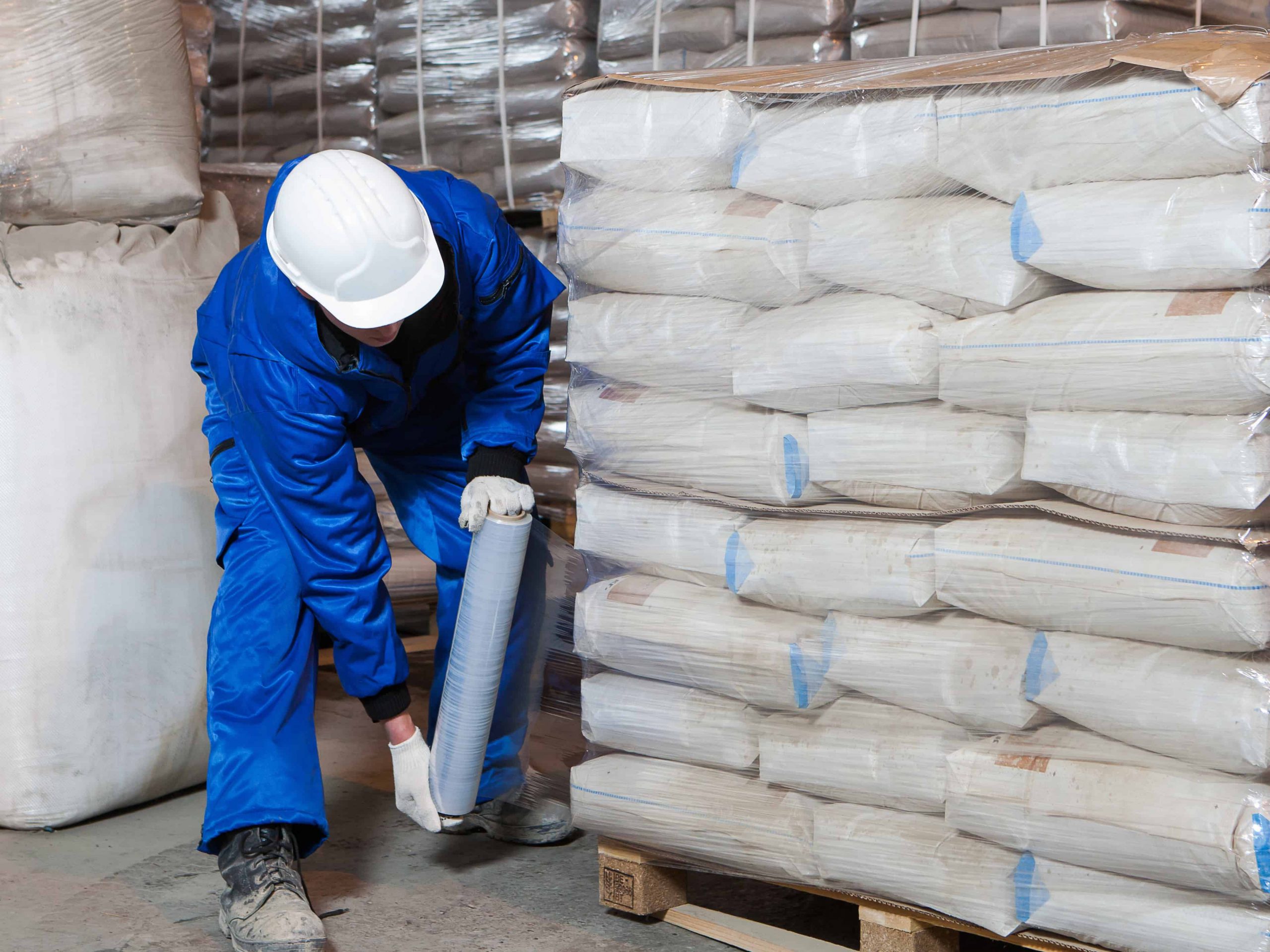
Numerous organizations are surprised that apparently small slipups in their packing process may significantly impact their bottom line.
Pallet packaging should not be taken lightly, especially given the quantity in which it is used. One incorrect shift, and the entire shipment might lose strength and stability, putting your freight in danger.
Instead of doing your own trials, it might be worth reviewing these frequent pallet stretch film wrapping blunders and learning what to avoid.
1. Incorrect Size and Type of Stretch Wrap
Using the incorrect type of stretch film can not only lead to wastage of materials but also can lead to safety issues and breakdown. Different types of wrapping materials should be used based on the machinery and the type of shipment.
The exact size of the stretch wrap must be determined based on the shape and size of the product. If you are unsure of the size, you could use an online measurement calculator to determine the right size.
2. Product Overhang
One of the common issues that a lot of packers and organizations face is the problem of overhang. Since there are different types of stacking options available for your product, you must choose the one where the products do not hang off the side of the pallet.
An overhang can cause the product to fall, which can lead to waste or additional costs. The right way to avoid this problem is to stack the products methodically by placing the bottommost product first and then having a pattern so that the products do not fall or clash with each other.
3. Choosing the Wrong Pallet
If you choose the wrong pallet for your product packaging needs, it could lead to multiple problems. The primary problem could be that it could allow movement in transit, which has a greater chance of causing damage to the product.
Moreover, an incorrectly chosen and used pallet could cause an injury if a person tries to lift a product that is not secure. So, it is imperative that you choose a wrap that is large enough to secure the products correctly.
4. Poor Stacking On the Pallets
There is an assumption when it comes to stacking that the best way to do so for cartons is by making them fit on the pallet.
However, this assumption is clearly wrong if you do not end up distributing the weight evenly. Start by putting the heaviest box at the bottom, and gradually reduce the weight as you go up.
This can reduce the risk of damage or overhang. Another mistake that is commonly made is using pallets that are too small; this can make your carton or package more prone to breakage.
The best way to stack your products is to use the aligned column pattern method. This method ensures that the pallet is levelled and flat, and it drastically reduces the chances of any damage.
5. Not Enough Stretching on the Wrapping Film
Whenever you are using a pallet wrapping machine, you need the wrapping film to be stretched just enough to cover the product correctly without any damage. However, if there is not enough stretching of the films, there could be a problem with the machine that you are using.
Machines are meant to stretch the films adequately and help with efficient packing and economy. However, if this does not happen, it will lay too much film on the product and increase your packaging costs as well.
6. Not Enough Stretch Wrap
One of the most obvious, yet one of the most experienced mistakes is not having enough wrapping material for your package. It is recommended to wrap at least five times around your pallet to ensure that the package is safe and secure.
However, if you are manually wrapping the package without a machine, you may get your judgment wrong. If you are stretch wrapping using your hands, you should twist the wrap at every other rotation. This ensures more sturdiness as well.
All in All
Pallet wrapping is an extensively used wrapping technique that has helped multiple industries deliver safely packaged products. We hope that outlining these common mistakes will help you use this guide in a more efficient manner.
It is recommended to use a pallet wrapping machine to ensure that most of these common mistakes are avoided. However, even the machine must get proper and adequate checks to ensure effective functioning.





